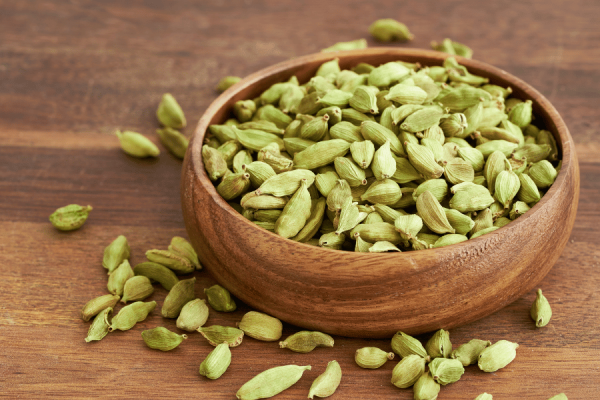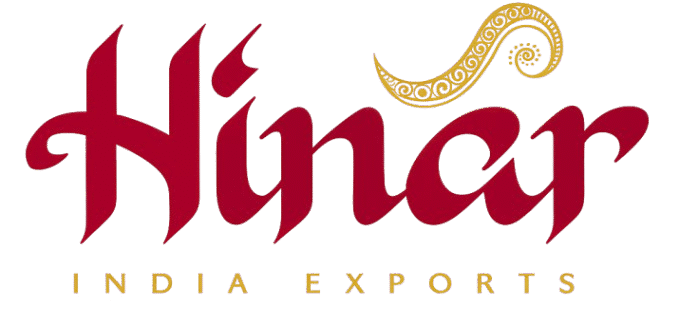Green Cardamom (Choti Elaichi)

Green Cardamom (Choti Elaichi)
Short Description:
Cardamom, the “Queen of Spices,” is the dried ripe fruit of a perennial herb with three varieties: Malabar (prostrate panicle, pubescent leaves, globose fruits), Mysore (erect panicle, glabrous leaves, ovoid capsules), and Vazhukka (semi-erect, mixed traits). Indian cardamom, exported in grades like ‘Alleppey Green Extra Bold’ (AGEB), is valued in food, perfumery, medicines, and beverages, and is especially prized in the Middle East, Japan, and Russia for its unique flavor in Arabian cardamom coffee (Gahwa).
Foreign Name:
Spanish : Cardamomo French : Cardamome German : Kardamom Swedish : Kardemumma Arabic : Hal Dutch : Kardemom Italian : Cardamomo Portuguese : Cardamomo Russian : Kardamon Japanese : Karudamon Chinese : Pai-tou-k’ou
Uses:
Cardamom’s major use is in preparing ‘gahwa,’ a strong cardamom coffee symbolizing Arab hospitality. It is widely used whole or ground to flavor traditional and modern dishes across Asia, baked goods and confectioneries in Scandinavia, and curry powders and sausages in Europe and North America. Cardamom oil and oleoresin are used in flavoring processed foods, cordials, liquors, perfumery, and Ayurvedic medicines.
